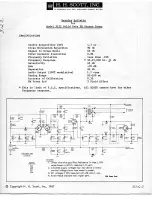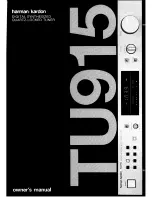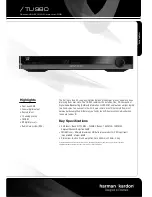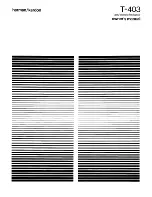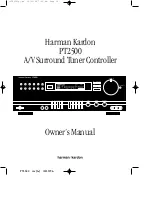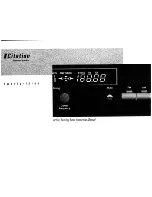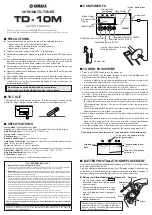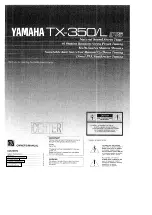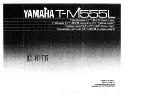
Left-Side Jacks
MIDI Jacks
Right-Side Jacks
1. AUDIO IN: An electrical audio input jack. Signals are fed into this phono jack for silent measurements of pitch, or
tuning electronic musical instruments. This input is suitable for levels from 0.01 to 10 volts.
2. MAG IN: A miniature telephone jack for magnetic pick-ups. These typically have an output of a few millivolts, and this
input is designed only for such low-level signals. Connecting a large signal to this input will destroy the input circuit. So,
you must use the AUDIO IN jack for large signals.
3. FLTR OUT: A phono jack output from the audio filter. The audio filter amplifies sounds whose pitch corresponds to the
pitch selected on the SAT. It is useful for listening to the beats at the coincident partial of two notes forming a musical
interval. As such, this feature can be a valuable training aid for aural tuners. The speaker/amplifier that we sell is
modified just for this job.
4. OSC OUT: A phono jack which puts out a modified sawtooth wave (one that is quite pleasant to listen to) at the pitch
called for by the settings of the SAT controls. This has a variety of uses. The frequency calibration of the instrument can
be checked with this output. It can also be fed into an amplifier and broadcast, to give an aural pitch standard for any
purpose. One purpose might be as an aid to fast piano chipping or rough pitch raising.
5. NOTE SWITCH: A subminiature telephone jack, that accommodates the foot switch, or thumb switch which is used for
stepping up/down the NOTE settings one semitone at a time. A foot switch is supplied as standard equipment, but any
switch can be used for this purpose. The contacts must be the "normally open, momentary contact" type, and each time
contact is made, the NOTE setting will advance by one semitone.
6. BAT CHGR: Used for charging the battery. DO NOT use battery chargers other than ones recommended for the Accu-
Tuner, even when the plug is compatible with the SAT jack, the wrong voltage can damage the battery charging circuit in
the SAT. (The Radio Shack model 273-1767, with a 2.1 mm barrel, negative on the inside, positive on the outside, is a
compatible unit.) The battery will be fully charged after twelve hours.
BATTERY CHARGER INDICATOR
Accu-Tuners have a green LED above the battery charger jack which will light up when the battery charger is plugged in
and is charging properly. If the LED does not light up, there is likely a faulty cable on the battery charger or a faulty
electrical wall outlet. Try another wall outlet, if that doesn't help, replace the battery charger.
BATTERY CARE
NI-CAD
The standard battery used in the Sanderson Accu-Tuner is a Nickel-Cadmium (Ni-Cad) battery. The Ni-Cad will run the
SAT for 40 to 60 hours, and can be recharged hundreds of times. To achieve the longest battery life we do recommend
that the SAT be used until the "Lo-Bat" signal is displayed in the left LCD. Ni-Cad batteries do not benefit from nightly
charging and will last longer if used to capacity before recharging.


























